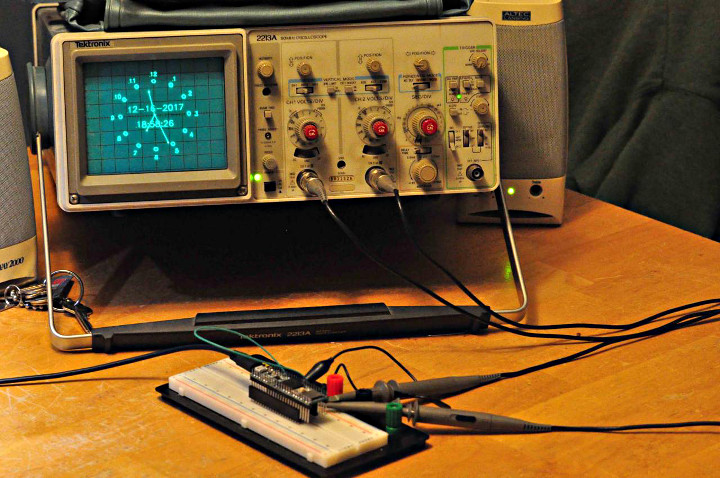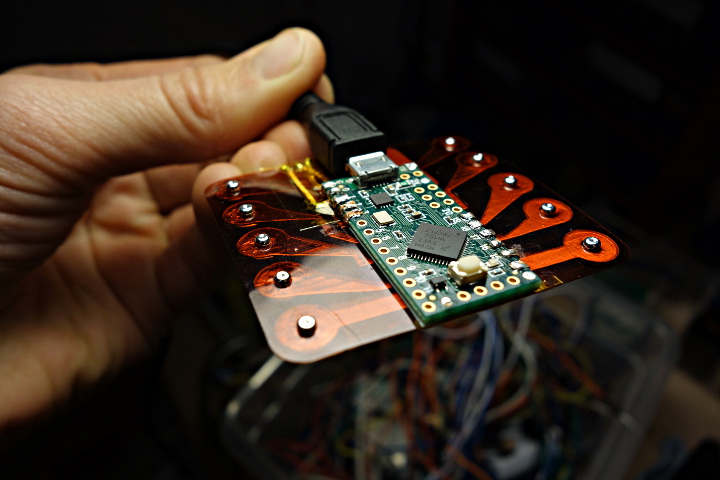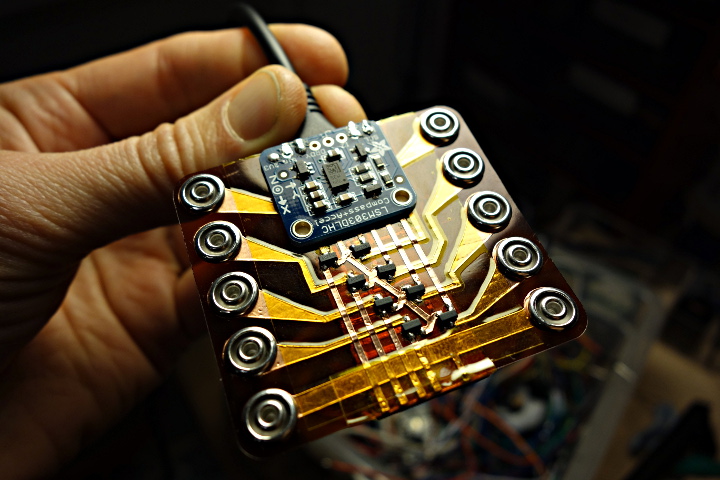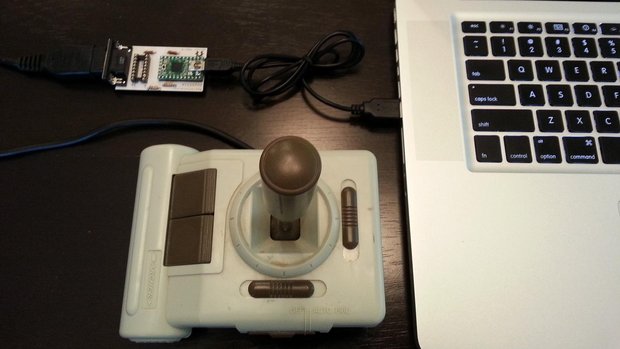Sonoclast created Plastic Pitch Plus, a microtonal MIDI machine.
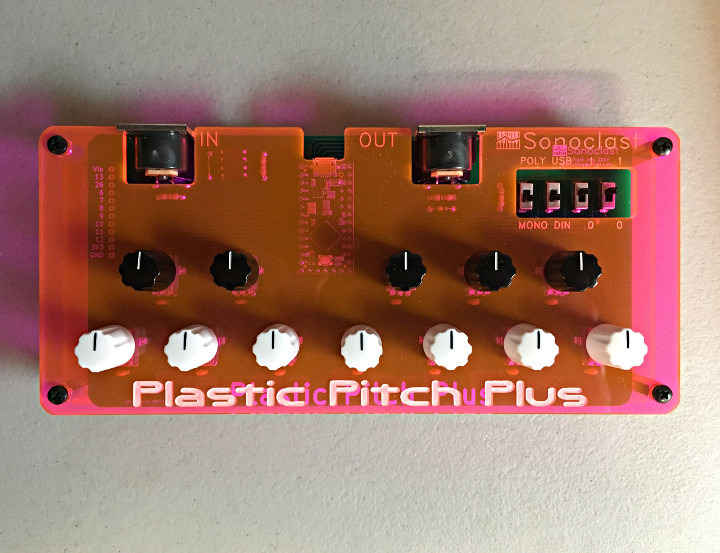
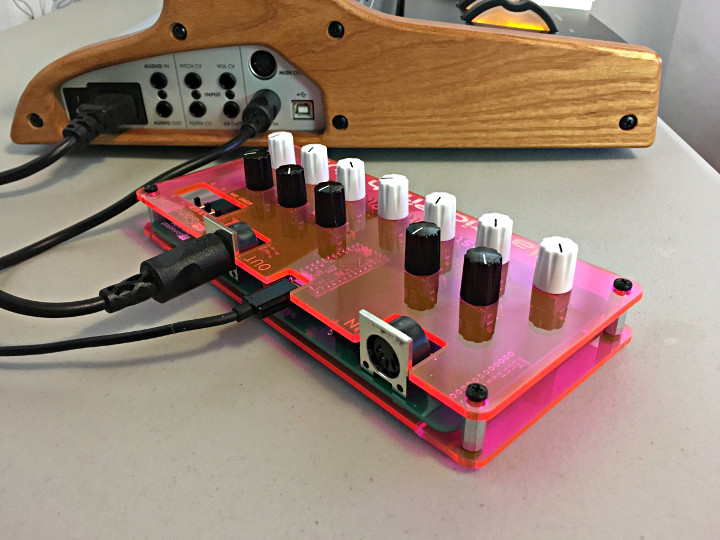
The Plastic Pitch Plus is a device for experimenting with microtonality. It uses MIDI to map keys to microtonal pitches.
There are two basic scale modes available, a twelve-tone scale mode in which the twelve knobs are used to tune each of the twelve notes in a scale; and an equal divisions per octave mode. Both modes are implemented in two ways – MIDI pitch bend, which works with all MIDI synthesizers and the MIDI tuning standard which works with newer hardware synthesizers.
This video demonstrates the functionality.
The Plastic Pitch Plus is available on Tindie.
The code is available on GitHub.


